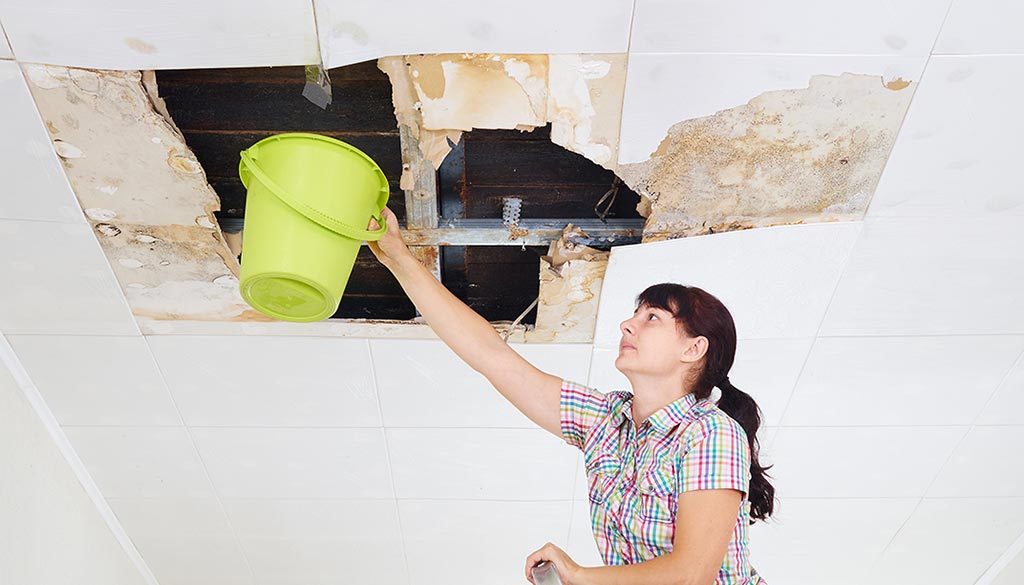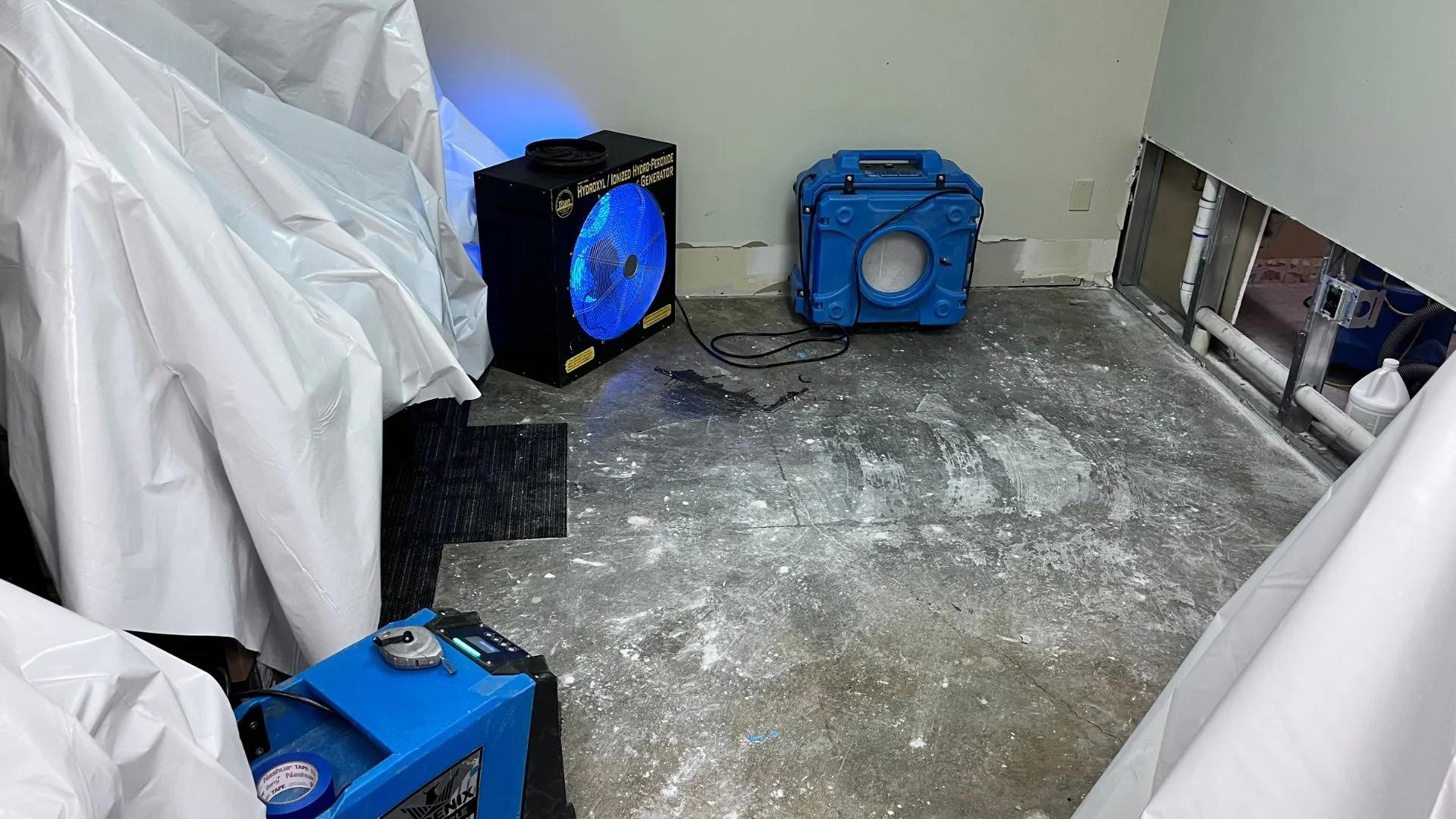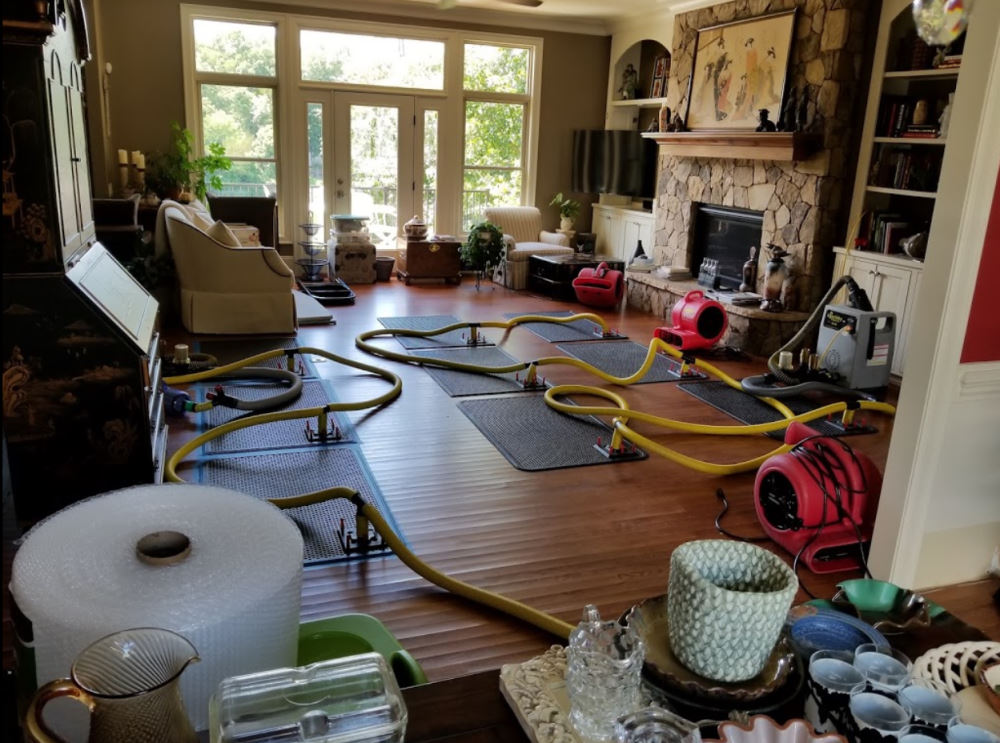Why Water Damage Restoration St George UT Should Be Your First Call After a Leak
Vital Actions to Follow for Efficient Water Damages Restoration in Your Home
When faced with water damage in your house, knowing the crucial actions for efficient reconstruction can make all the difference. You require to examine the damage and warranty security prior to taking on the problem. Stopping the resource of water is essential, but it's just the beginning. There's a collection of actions you have to take to secure your residential or commercial property from additional problems once you've taken care of that. Allow's discover what you must do following.
Evaluate the Damages
When you discover water damage in your house, the primary step is to analyze the damage thoroughly. Beginning by recognizing the source of the water intrusion. Look for leaks, burst pipelines, or various other issues creating the problem. Next off, check out the affected areas for visible signs of damage, including mold and mildew, bending, or staining development. Don't fail to remember to look in covert spots like behind wall surfaces or under floor covering, as water can permeate right into these areas unnoticed.Document the damage by taking clear pictures and notes. When reviewing the circumstance with your insurance company or remediation specialists, this will aid you. Pay focus to the kind of products influenced, as different products call for various remediation approaches. Evaluate the extent of the damages. Is it comprehensive or small? Recognizing the extent will assist you in making a decision whether to manage it yourself or hire the experts for a much more comprehensive remediation procedure.

Make sure Safety
Before you start any kind of remediation work, ensuring your security is important. First, examine the problem of your home. If the water's deep or if you observe electric threats, do not enter the location. Shut off the electricity and gas supply to stop mishaps. Put on safety equipment like boots, masks, and gloves to shield on your own from contaminants or mold.It's essential to remain knowledgeable about your environments; watch for sharp things and unsafe surface areas. If the water is from a sewage backup, treat it as contaminated materials. Keep kids and pets away from impacted areas to stay clear of exposure.Once you have actually taken these preventative measures, you can wage the repair procedure. Remember, your safety precedes, and if you're ever uncertain, it's finest to consult a specialist. Taking these steps will certainly aid ensure you're ready to deal with the repair safely and properly.
Stop the Source of Water
After ensuring your security, the next action is to stop the source of water. Determine where the leakage is originating from. Maybe a ruptured pipeline, a defective device, or perhaps heavy rain going into with a harmed roof covering. If it's a pipes issue, shut off the primary water supply to your home to stop further flooding. For appliances, unplug them and turn off their water valves.If the source is outdoors, like rain, try to divert it away from your home making use of sandbags or various other barriers. For small leakages, you may be able to utilize tape or a sealant momentarily till an expert can fix it. Remember, dealing with the resource quickly is necessary to decreasing damage and protecting against mold growth. When you've quit the water, you'll be in a much better position to carry on to the following action in the restoration process.

Get Rid Of Excess Water
Act promptly to get rid of excess water, as standing water can lead to extra substantial damage and mold and mildew growth. Gather your devices: a wet/dry vacuum, pails, and towels. If the water is superficial, you can utilize towels to soak up the dampness. For deeper water, a wet/dry vacuum cleaner is your best option. Make certain to empty the vacuum cleaner often to stay clear of overflow.If the water is contaminated, like from a sewer back-up, wear safety gear, including masks and gloves, to maintain yourself secure. Once you've gotten rid of as much water as possible, look for hidden pockets of wetness in edges and under furniture, as these can nurture mold.Don' t forget to switch off electric home appliances and power electrical outlets in wet areas to stop threats. This preliminary action is vital in minimizing damage and setting the stage for an effective restoration process.
Dry and Dehumidify the Area
As soon as you've removed the excess water, it's vital to dry and dehumidify the area completely. Start by utilizing dehumidifiers successfully to draw wetness out of the air and protect against mold and mildew growth. Keep an eye on moisture levels to guarantee the area dries totally.
Get Rid Of Standing Water
To effectively take on water damages, you require to concentrate on removing standing water as rapidly as feasible. Begin by gathering required devices, like a wet/dry vacuum or a pump, depending upon the quantity of water. If the water is superficial, a vacuum should do the trick. For bigger amounts, a pump is more efficient. While functioning, make sure to wear protective gear to keep yourself safe from impurities. As you remove the water, take notice of concealed areas like under furniture or in corners where water may gather. Your space will start to dry out once you've removed the bulk. This action is important, as remaining water can lead to mold and mildew development and more substantial damages.
Use Dehumidifiers Efficiently
Exactly how can you effectively make use of dehumidifiers to completely dry and dehumidify your room? Beginning by positioning your dehumidifier in the most damaged area, ideally where water damages is most severe. Make certain to close all windows and doors to produce a sealed setting. Activate the dehumidifier and established it to the appropriate moisture degree, typically around 30-50%. Empty the water collection container frequently, or consider using a design with a continual drain alternative for convenience. Preferably, make use of fans to improve airflow, aiding the dehumidifier job more effectively. Maintain the dehumidifier running till you're confident that the area is extensively dried out, stopping mold and mildew growth and added damage (Smoke Damage Restoration). This step is necessary for effective water damage reconstruction
Monitor Humidity Degrees
Monitoring humidity degrees is essential during the drying out procedure, as it helps ensure your area continues to be without excess dampness. Purchase a trustworthy hygrometer to track humidity precisely. Preferably, you intend to keep degrees between 30% and 50%. If moisture readings rise above this variety, you might require to readjust your followers or dehumidifiers to enhance airflow. Check the analyses regularly, specifically in areas prone to dampness, like bathrooms or basements. If you see relentless high moisture, consider enhancing ventilation or making use of additional dehumidifiers. Remaining on top of these levels not only speeds up the drying out process but additionally protects against mold growth, guaranteeing your home keeps risk-free and comfortable.
Tidy and Disinfect Affected Surfaces

Recover and Fix Your Home
After cleaning and decontaminating the impacted locations, it's time to recover and repair your home. Begin by reviewing the damage. Look for architectural issues, like damaged walls or floorings, and deal with any kind of required repair work. Changing damaged drywall or floor covering is vital for both visual appeals and safety.If your furnishings or valuables were affected, think about whether they can be recovered or need substitute. Tidy or professionally recover products where possible.Next, paint walls and touch up any kind of areas that need attention. This not just improves appearance however also secures surface areas from future water damage.Don' t forget to inspect your pipes and appliances for leakages, making sure every little thing's working properly. Consider mounting a dehumidifier to stop future dampness problems. By taking these steps, you'll restore your home to its former glory and produce a much safer living atmosphere.
Often Asked Concerns
For How Long Does Water Damage Restoration Usually Take?
Water damages repair normally takes anywhere from a couple of days to a number of weeks, depending upon the level of the damages (Water Damage Restoration St George UT). You'll wish to assess the circumstance promptly to reduce more complications and ensure correct repair
Will My Insurance Cover Water Damage Remediation Expenses?
Your insurance coverage may cover water damages repair expenses, however it depends upon your policy. Inspect your protection information and call your insurance policy agent to clarify what's included and what you require to sue.
Can I Handle Water Damages Repair Myself?
You can manage water damage remediation on your own, but it's important to examine the circumstance initially. You may desire to call experts if it's considerable. Always focus on security and guarantee you have actually got the right devices.
What Are the Signs of Hidden Water Damages?
You might observe signs of concealed water damages like warped wall surfaces, moldy smells, or discoloration. If your floorings really feel spongy or you area mold and mildew, it's time to check out further before the scenario gets worse.
Just How Can I Prevent Future Water Damage in My Home?
To stop future water damages in your house, you need to regularly examine plumbing, seal fractures, preserve seamless gutters, and assurance proper drainage. Installing a sump pump and moisture barriers can also help keep your space dry. When you discover water damage in your home, the first step is to evaluate the damages completely. Act swiftly to eliminate excess water, as standing water can lead website to much more extensive damage and mold development. To properly tackle water damage, you need to focus on getting rid of standing water as quickly as feasible. As you remove the water, pay interest to hidden areas like under furniture or in corners where water could accumulate. Water damages repair commonly takes anywhere from a few days to a number of weeks, depending on the level of the damage.